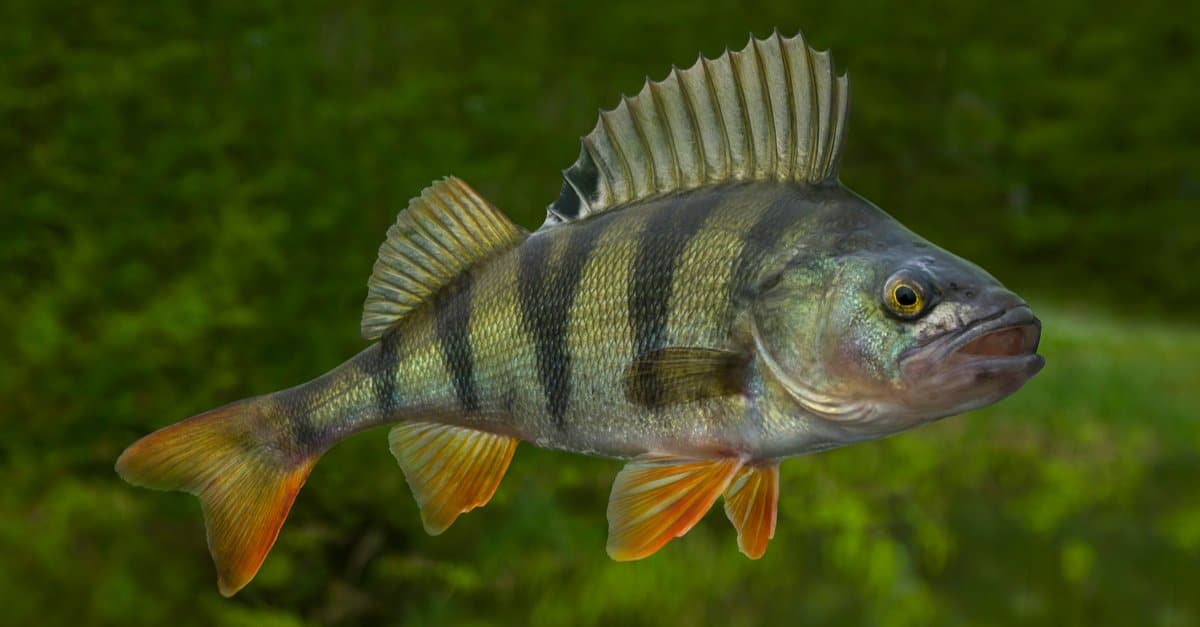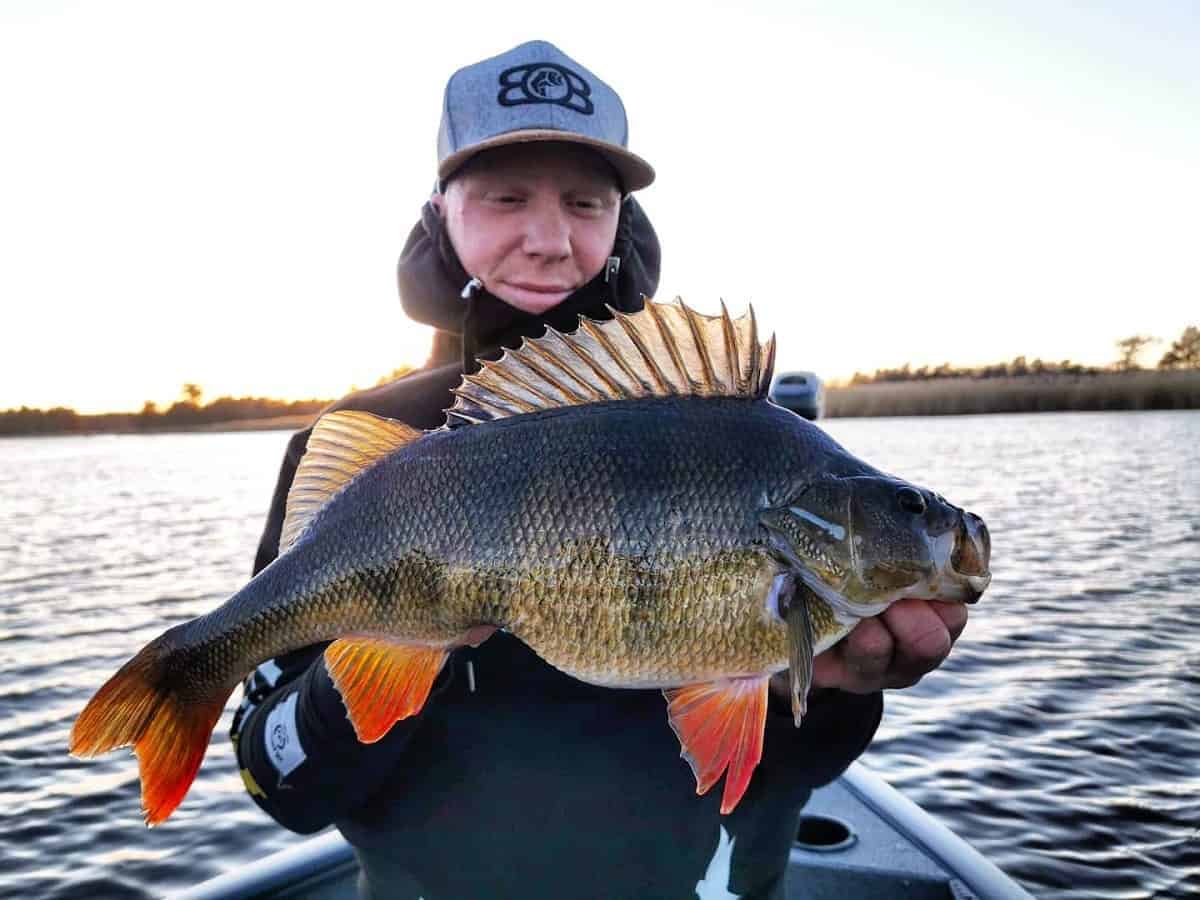Etymology and Definition
Perch definition – The term “perch” has its origins in the Middle English word “perche,” which itself is derived from the Old French word “perche,” meaning “pole” or “rod.” This term was likely used to describe the long, slender body shape of perch fish, which are characterized by their elongated dorsal fins and deeply forked tails.
A perch, by definition, is a spiny-finned fish belonging to the family Percidae. Found in both freshwater and saltwater habitats, perch are known for their distinctive dorsal fins and often colorful bodies. One notable type of perch is the perch fish , which is prized for its delicate flavor and versatility in culinary preparations.
Returning to the general definition of perch, these fish are typically small to medium in size and are often found in schools or groups.
Scientific Classification and Taxonomy
Perch belong to the family Percidae, which is part of the order Perciformes. This order includes a wide variety of fish species, including sea bass, walleye, and tuna. Perch are further classified into several genera, including Perca, Sander, and Gymnocephalus.
In the realm of fishing, the perch, a prized catch for its delicate flavor, reigns supreme. Its elegant body, adorned with vibrant scales, belies its agility in the water. Just as the perch darts through the depths with finesse, so too does the basketball floater , a graceful shot that ascends towards the hoop with effortless precision.
And like the perch, the basketball floater, once mastered, becomes an indispensable tool in the arsenal of any skilled player.
Different Types of Perch
There are numerous species of perch found in various habitats around the world. Some of the most common types of perch include:
- Yellow perch (Perca flavescens): Found in freshwater lakes and rivers in North America.
- Walleye (Sander vitreus): Found in freshwater lakes and rivers in North America.
- Zander (Sander lucioperca): Found in freshwater lakes and rivers in Europe and Asia.
- European perch (Perca fluviatilis): Found in freshwater lakes and rivers in Europe and Asia.
These different species of perch vary in size, coloration, and habitat preferences, but they all share the common characteristics of a long, slender body and a deeply forked tail.
Physical Characteristics and Adaptations: Perch Definition

Perch possess remarkable physical attributes and adaptations that contribute to their survival and success in various aquatic environments. Their elongated, fusiform bodies are streamlined for swift and agile swimming. The presence of two dorsal fins, one spiny and one soft-rayed, provides stability and maneuverability while navigating through water currents.
Body Structure and Fins
The streamlined body shape of perch minimizes water resistance, allowing them to move efficiently through the water. Their dorsal fins act as stabilizers, preventing rolling or pitching motions. The spiny dorsal fin, located towards the front of the body, serves as a deterrent against predators by inflicting pain upon contact. The soft-rayed dorsal fin, positioned further back, contributes to propulsion and maneuverability during swimming.
Environmental Adaptations
Perch have evolved adaptations that enable them to thrive in diverse aquatic habitats. Their ability to tolerate a wide range of water temperatures, pH levels, and dissolved oxygen concentrations allows them to inhabit various bodies of water, from shallow ponds to deep lakes. Additionally, their coloration often mimics the surroundings, providing camouflage from predators and prey alike.
Behavior and Ecology

Perch exhibit fascinating social behaviors and communication methods. They live in loose schools, forming temporary aggregations based on size, age, and reproductive status. Communication occurs through visual cues, body postures, and vocalizations. Perch have a keen sense of hearing and rely on auditory signals to detect predators, communicate with mates, and establish dominance hierarchies.
Feeding Habits and Role in the Food Chain
Perch are voracious predators that occupy a crucial position in the food chain. They primarily feed on smaller fish, insects, and crustaceans. Their diet varies depending on their size and the availability of prey. Perch play a vital role in regulating the populations of prey species, maintaining the balance of aquatic ecosystems.
Impact of Environmental Factors on Perch Populations, Perch definition
Environmental factors significantly influence perch populations. Temperature, water quality, and habitat availability affect their growth, reproduction, and survival. Warmer temperatures can accelerate their metabolism and growth rates, while low oxygen levels can stress and reduce their populations. Perch prefer clear, well-oxygenated waters with ample vegetation and structure, which provide shelter and foraging grounds. Habitat degradation and pollution can adversely affect perch populations, leading to declines in abundance and diversity.
In the vast expanse of aquatic realms, where countless creatures swim with graceful agility, the perch stands as a symbol of both precision and determination. Its perch definition, rooted in the notion of balance and stability, extends beyond its physical presence to encompass a deeper understanding of its role within the ecosystem.
As we delve into the perch meaning , we unravel a tapestry of adaptability and resilience, mirroring the unwavering spirit of this remarkable fish.
In the tranquil depths of a shimmering lake, a perch, with its delicate fins and iridescent scales, gracefully glides through the water. Its movement, like a basketball terms floater , is both effortless and mesmerizing. The perch, a testament to the wonders of nature, embodies the same fluidity and agility that define this basketball technique, where players effortlessly lift the ball over their opponents.
In the realm of aquatic marvels, the perch reigns supreme, its slender frame adorned with vibrant hues. Like a graceful dancer, it glides through the depths, its keen eyes scanning for sustenance. Its sharp spines, a formidable defense, guard it from predators lurking in the shadows.
In the world of basketball, there exists a parallel of sorts, where players soar through the air like pike, their agility and precision unmatched. Pike basketball , a captivating spectacle, showcases the extraordinary skills of these athletes as they navigate the court with lightning speed and pinpoint accuracy.
And so, the perch, a symbol of both elegance and resilience, finds its echo in the realm of human endeavor, where talent and determination collide to create moments of pure exhilaration.
